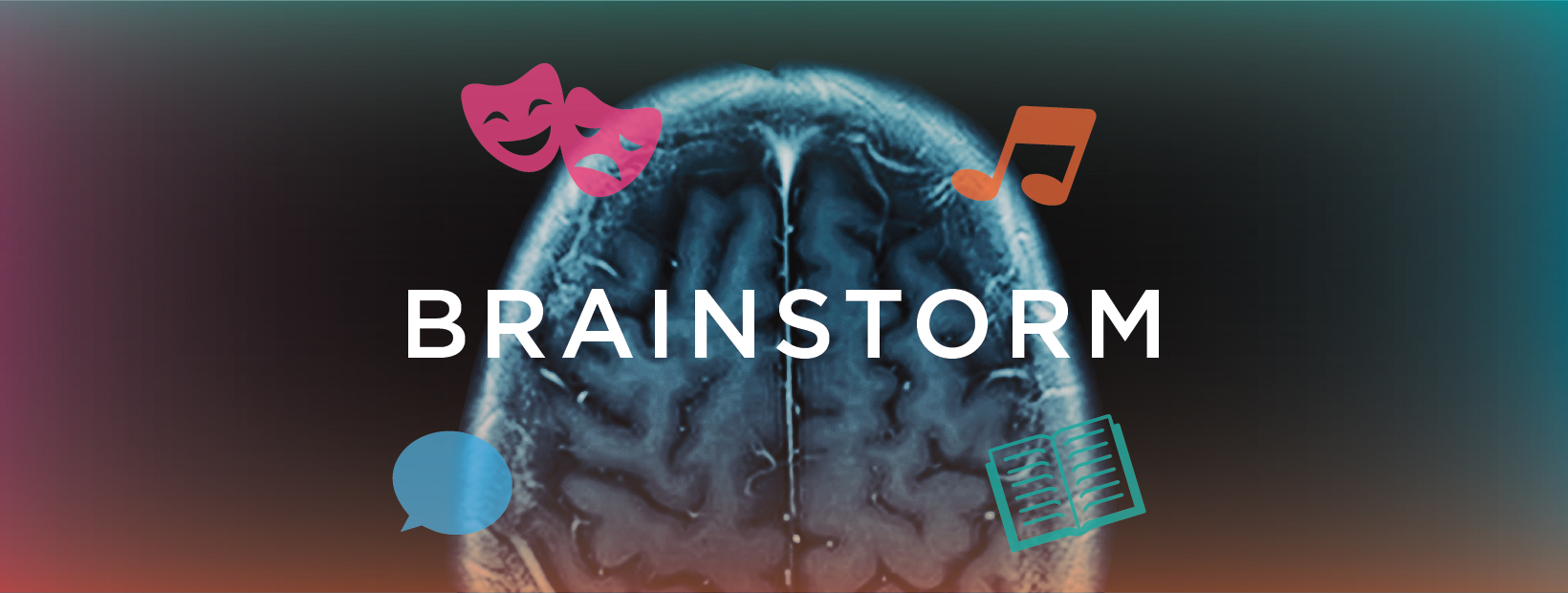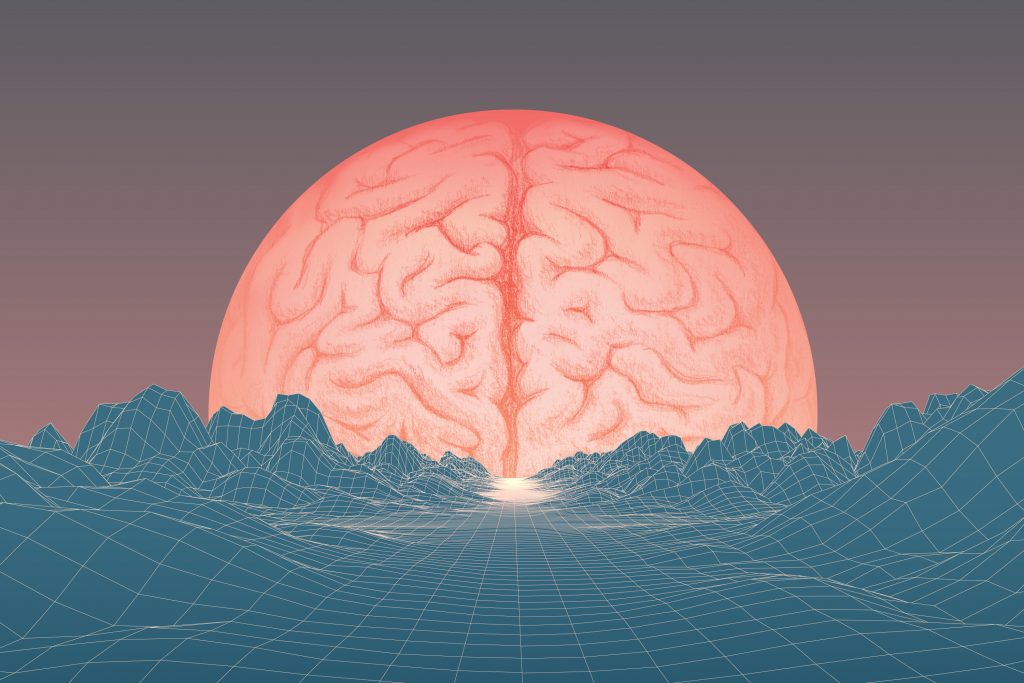
Series
Brainstorm
UConn’s new state-of-the-art fMRI scanner in the Brain Imaging Research Center allows researchers to visualize the brain carrying out language and other cognitive tasks in real time. The scanner is yielding the clearest pictures yet of the inner workings of the human brain, and marks an important milestone in UConn’s continuing rise to prominence in the cognitive and brain sciences.
